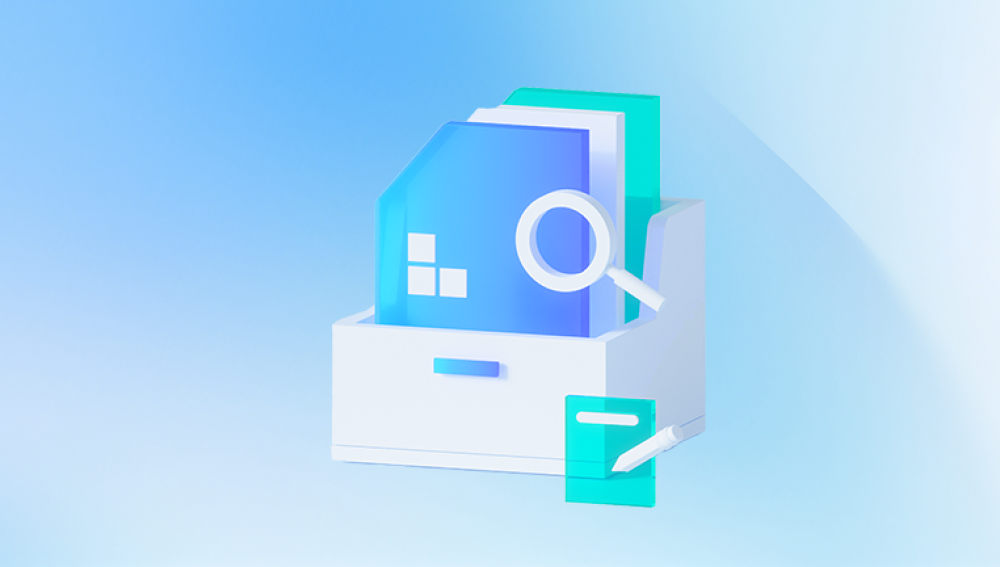If you're encountering issues with creating record files in Pro Tools, there are several potential factors to consider, ranging from software and hardware problems to system settings. Here’s a comprehensive guide to troubleshoot and resolve these issues:
1. Check System Requirements
Ensure that your system meets the minimum requirements for running Pro Tools. This includes having sufficient RAM, a compatible processor, and adequate disk space. Verify that your operating system version and Pro Tools version are compatible with each other.

2. Verify Hardware Connections
Audio Interface: Make sure your audio interface is properly connected and recognized by your computer. Check cables, and ensure all connections are secure.
Disk Drives: Ensure that your external drives (if you’re using any) are properly connected and functioning. If your recording drive is an external drive, check the connection and health of the drive.
3. Check Disk Space and Permissions
Free Space: Confirm that you have enough free space on your recording drive. Pro Tools requires ample disk space to create and store audio files.
Permissions: Ensure that you have write permissions for the directory where Pro Tools is attempting to create the record files. On Mac, you can check this via the “Get Info” panel, and on Windows, through the “Properties” of the folder.
4. Configure Pro Tools Settings
Playback Engine: Go to Setup > Playback Engine and verify that the correct audio interface is selected and configured properly. Check if the buffer size is set appropriately; too low a buffer size might cause issues with recording.
Disk Allocation: Make sure that disk allocation is set up correctly. Go to Setup > Disk Allocation and confirm that the correct drives are assigned for audio recording.
5. Update or Reinstall Pro Tools
Updates: Ensure that you are running the latest version of Pro Tools and any necessary drivers for your audio interface. Updates often fix bugs and compatibility issues.
Reinstallation: If updating doesn’t resolve the problem, consider reinstalling Pro Tools. This can resolve issues caused by corrupted files or settings.
6. Check for System Conflicts
Background Applications: Close any unnecessary applications running in the background that might be using system resources or interfering with Pro Tools.
Audio Drivers: Ensure that your audio drivers are up to date and properly installed. Sometimes, outdated or incompatible drivers can cause issues with recording.
7. Investigate Error Messages
Error Codes: If Pro Tools displays a specific error code, consult the Pro Tools documentation or online forums for troubleshooting steps related to that particular error.
Logs: Check Pro Tools logs for additional details about the error. These logs can often provide clues about what might be going wrong.
8. Test with a New Session
Try creating a new session in Pro Tools to determine if the issue is with the specific session file you’re working on. Sometimes, session files can become corrupted or have settings that cause issues.
9. Examine Hardware Performance
Hard Drive Performance: Ensure that your hard drive is performing well and is not fragmented or failing. Use disk utilities to check the health of your drives.
RAM and CPU Usage: Check your system’s RAM and CPU usage to ensure they are not being maxed out. High usage can affect Pro Tools' ability to record and process audio.
10. Consult Documentation and Support
Pro Tools Documentation: Refer to the official Pro Tools user manual and troubleshooting guides for specific information related to recording issues.
Support Forums: Utilize forums and communities dedicated to Pro Tools. Many users share similar issues and solutions that could be helpful.
Customer Support: If the problem persists, consider reaching out to Avid’s customer support for professional assistance.
By following these steps, you should be able to identify and resolve the issue preventing you from creating record files in Pro Tools. If you have any specific error messages or additional details about your setup, providing that information can help narrow down the troubleshooting process further.




